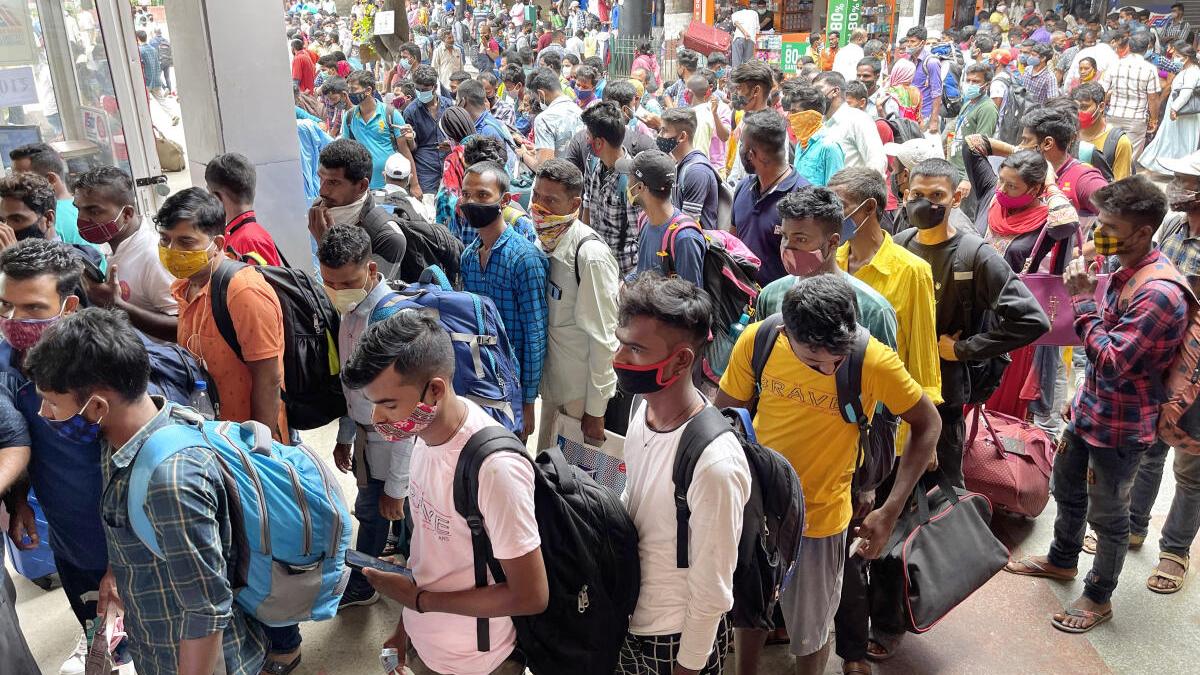Now Reading: Delhi Govt Halts Fuel Ban on Overage Vehicles After Public Outcry
-
01
Delhi Govt Halts Fuel Ban on Overage Vehicles After Public Outcry
Delhi Govt Halts Fuel Ban on Overage Vehicles After Public Outcry
swift Summary
- Policy Overview: The Delhi government has shelved the directive to impound End-of-Life Vehicles (elvs) and enforce a fuel ban for vehicles older than 10 (diesel) and 15 (petrol) years. This decision was attributed to public backlash and enforcement challenges.
- Minister’s Position: Habitat Minister Manjinder Singh Sirsa confirmed via a letter to the Commission for air Quality Management (CAQM) that the initiative would be paused due to technological issues, coordination problems with neighboring states, and public discontent.
- Chief Minister’s Vow: Delhi CM Rekha gupta promised no mass impounding of vehicles, stating that many residents are emotionally attached to their older cars.
- ANPR Enforcement Delay: Automatic Number Plate recognition cameras at fuel stations, aimed at identifying ELVs for the ban, will not be operational as planned from july 1.
- Prior Actions & Court Ruling:
– Before CAQM’s mandate in April, some efforts were made by traffic police and transport officials to impound ELVs spotted on roads in Delhi.
– A petition by the government led to Supreme Court acceptance of a request halting immediate punitive action against ELV owners in NCR regions.
- CAQM & Data Insights:
– CAQM originally mandated phased bans starting July in Delhi and extending across NCR by April 2026.
– Approximately 62 lakh ELVs exist in Delhi; another estimated 44 lakh are spread across other NCR areas.
Indian Opinion Analysis
The decision by the Delhi government reflects an attempt to balance long-term environmental objectives with immediate socio-political realities. While tackling air pollution remains urgent-especially as earlier rulings like the National Green Tribunal’s order underline-the technological gaps in enforcing such measures without wide-scale disruptions appear significant. Public opposition-a key factor cited-also highlights systemic sensitivities tied to emotional ownership stakes over certain vehicles.
the debate emphasizes critical tensions between progress goals and infrastructural readiness: designing emissions-based rather than age-specific penalties could be crucial for equitable execution going forward. Simultaneously occurring, shelving this directive may buy time but risks delaying much-needed interventions for improving New Delhi’s air quality-a recurring crisis impacting millions.
























